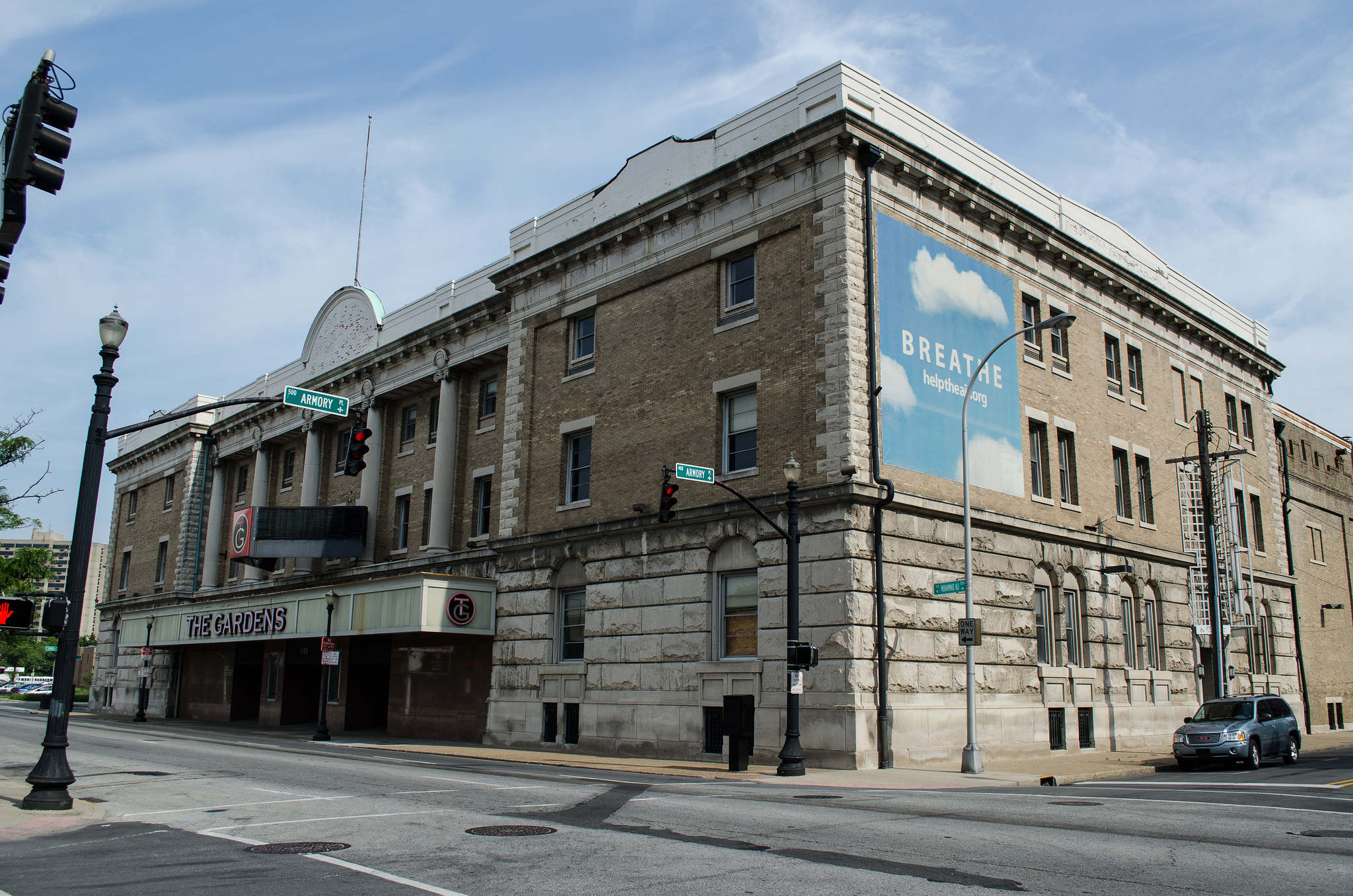December 10, 2018 | Opportunity Zones Come Into Focus | By Anthony Veerkamp, Director of Policy Development, Research & Policy Lab, at the National Trust for Historic Preservation |
 The National Register–listed 1905 Louisville Gardens (originally the Jefferson County Armory) is highlighted as an investment opportunity in Louisville’s Opportunity Zone Prospectus. | Photo Credit: Photo by David Swinney is licensed under CC BY-NC-ND 2.0
The National Register–listed 1905 Louisville Gardens (originally the Jefferson County Armory) is highlighted as an investment opportunity in Louisville’s Opportunity Zone Prospectus. | Photo Credit: Photo by David Swinney is licensed under CC BY-NC-ND 2.0
By now, you’ve probably heard about Opportunity Zones, but you may still not be sure whether to be excited, alarmed, or indifferent regarding their implications for your community. That’s no surprise—depending on whom you ask, Opportunity Zones constitute either the most significant federal community development incentive in a generation or one of the biggest tax giveaways to the rich in American history.
Preservationists and community advocates have reason to be wary of visionary big fixes for economically distressed communities. Urban Renewal had grandiose community development goals, and we know how well that went. Over the course of a quarter-century, more than 2,000 construction projects nationwide resulted in the demolition of 600,000 housing units. Two million residents were displaced, most of them African Americans and other people of color, and thousands of small businesses were forced to close.
Initial research by the National Trust for Historic Preservation shows a strong correlation between Opportunity Zones and preservation. Many are in older neighborhoods, including National Register of Historic Places districts and local landmark districts. Of the 1,035 historic tax credit (HTC) projects completed nationwide in 2017, 46 percent were in Opportunity Zones. And 48 percent of designated Main Street communities are in Opportunity Zones as well.
Continue reading >
This article was originally published on the Preservation Leadership Forum’s blog.




